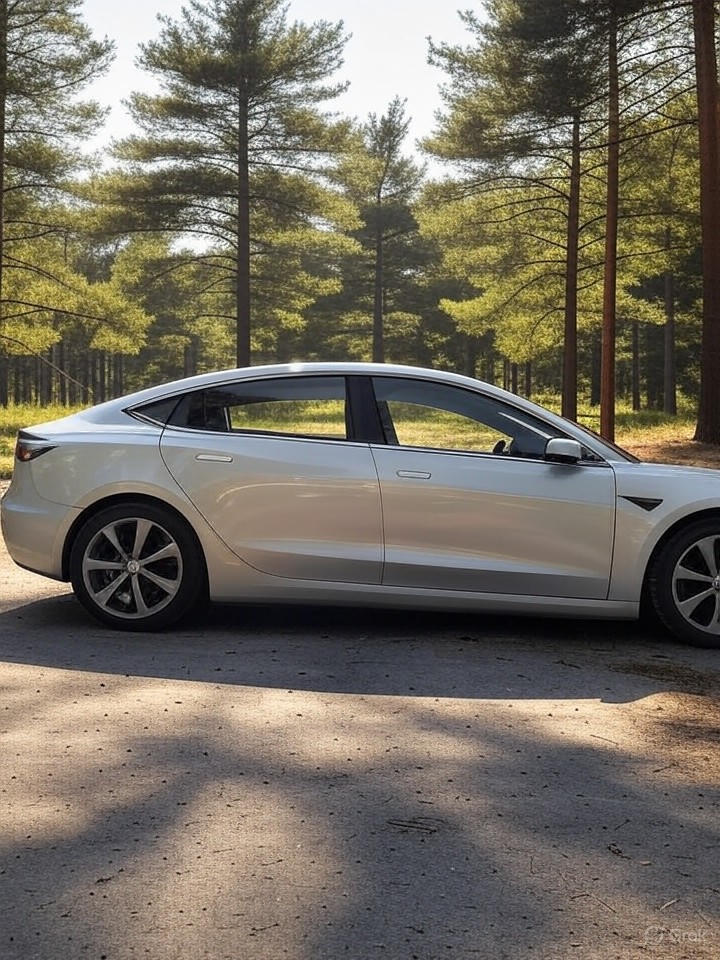In the rapidly evolving world of electric vehicles, one persistent question looms large for manufacturers, investors, and fleet operators: How quickly do batteries degrade, and what does that mean for long-term viability? Recent data suggests that fears of rapid battery failure may be overstated, with many electric cars retaining substantial capacity even after extensive mileage. This insight comes from a comprehensive analysis that challenges common misconceptions, potentially reshaping investment strategies in the EV sector.
Drawing on real-world fleet data and studies, it’s clear that battery degradation in electric vehicles follows a more gradual path than often portrayed. For instance, vehicles like the Tesla Model 3 and Nissan Leaf demonstrate that after 200,000 miles, batteries can still hold over 80% of their original capacity, far exceeding the thresholds that would render them unusable for daily driving.
Real-World Data Reveals Surprising Resilience
This resilience is backed by empirical evidence from large-scale studies. A report from Sustainability by Numbers aggregates data from thousands of vehicles, showing average degradation rates of about 1-2% per year under normal use. Factors such as charging habits, temperature extremes, and driving patterns play crucial roles, but advancements in battery chemistry have mitigated many risks.
Industry insiders note that lithium-ion batteries, the backbone of most EVs, experience calendar aging—degradation over time regardless of use—and cycling aging from charge-discharge cycles. Yet, modern designs incorporate sophisticated management systems that optimize these processes, extending lifespan beyond initial expectations.
Implications for Fleet Operators and Resale Value
For corporate fleets transitioning to electric, this data implies lower total ownership costs. Batteries that last longer reduce the need for premature replacements, which can cost upwards of $10,000 per vehicle. Moreover, the secondary market for used EVs benefits, as vehicles with 80% capacity retention after high mileage maintain higher resale values, encouraging broader adoption.
Comparisons with internal combustion engines highlight the advantage: While gas cars face escalating maintenance, EVs’ battery health often plateaus after initial degradation, providing predictable performance. Insights from Scientific Reports on life cycle assessments reinforce this, noting that even with some degradation, EVs’ environmental benefits persist over their gasoline counterparts.
Challenges and Future Innovations
Still, not all batteries degrade equally. High-voltage fast charging can accelerate wear, as can exposure to extreme cold or heat, prompting manufacturers to invest in thermal management tech. Emerging solid-state batteries promise even slower degradation, potentially revolutionizing the industry.
Policy makers and investors should watch recycling trends, as end-of-life batteries retain value for grid storage. A piece in The Guardian explores how reusing materials like lithium and cobalt could create a circular economy, minimizing waste and supply chain vulnerabilities.
Strategic Considerations for Industry Leaders
Ultimately, understanding degradation patterns informs strategic decisions. Automakers are extending warranties to 8 years or 100,000 miles, signaling confidence in durability. For insiders, this means betting on EVs isn’t just about emissions—it’s about sustainable economics.
As the sector matures, ongoing research will refine these models. Data from NPR underscores that despite production impacts, operational longevity makes EVs a net positive. In a market projected to reach trillions, mastering battery life could define the winners.




 WebProNews is an iEntry Publication
WebProNews is an iEntry Publication